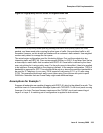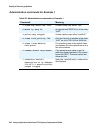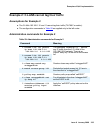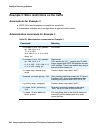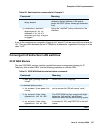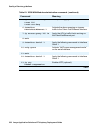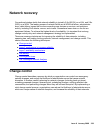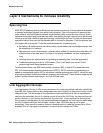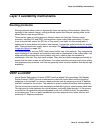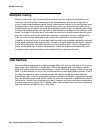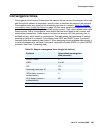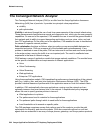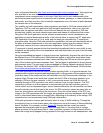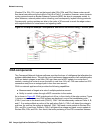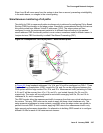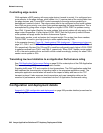
Layer 3 availability mechanisms
Issue 6 January 2008 341
Layer 3 availability mechanisms
Routing protocols
Routing protocols allow routers to dynamically learn the topology of the network. Should the
topology of the network change, routing protocols update their internal topology table, which
allows them to route around failure.
There are two types of routing protocol, distance vector and link state. Distance vector
protocols, including RIP and IGRP, exchange their entire routing table periodically. To each
route, they add their metric (for RIP, this is “hop count”) and insert it in the routing table. If
updates fail to arrive before the router’s timer expires, it purges the route and looks for another
path. These protocols are usually slow to converge. See Table 62:
Sample convergence times
(single link failure) on page 343.
Link-state protocols, such as OSPF, take a more holistic view of the network. They compute the
entire topology of the network and insert the best path to a destination in the routing table. Link
state protocols exchange their routing tables only once, when routers first establish a
relationship. After that, they only send updates. They also send hello messages periodically to
ensure that the other routers are still present. Link state protocols converge much more quickly
than distance vector protocols, and thus are generally better suited to networks that require high
availability.
VRRP and HSRP
Virtual Router Redundancy Protocol (VRRP) and the related Cisco proprietary Hot Standby
Router Protocol (HSRP) provide a mechanism to deal with router failure without disrupting
endpoints on the network. In essence, these protocols work by assigning a virtual IP address
and MAC address for the routers. This address is given to endpoints as their default gateway.
The two routers send periodic hello messages marked with a priority value between each other.
The high-priority router assumes the virtual address, and traffic flows through it. If the primary
router fails or its capabilities become degraded (such as if a WAN link fails), the secondary
router takes over. This is a useful mechanism to protect endpoints from router failures, and
works with IP Telephony endpoints.



